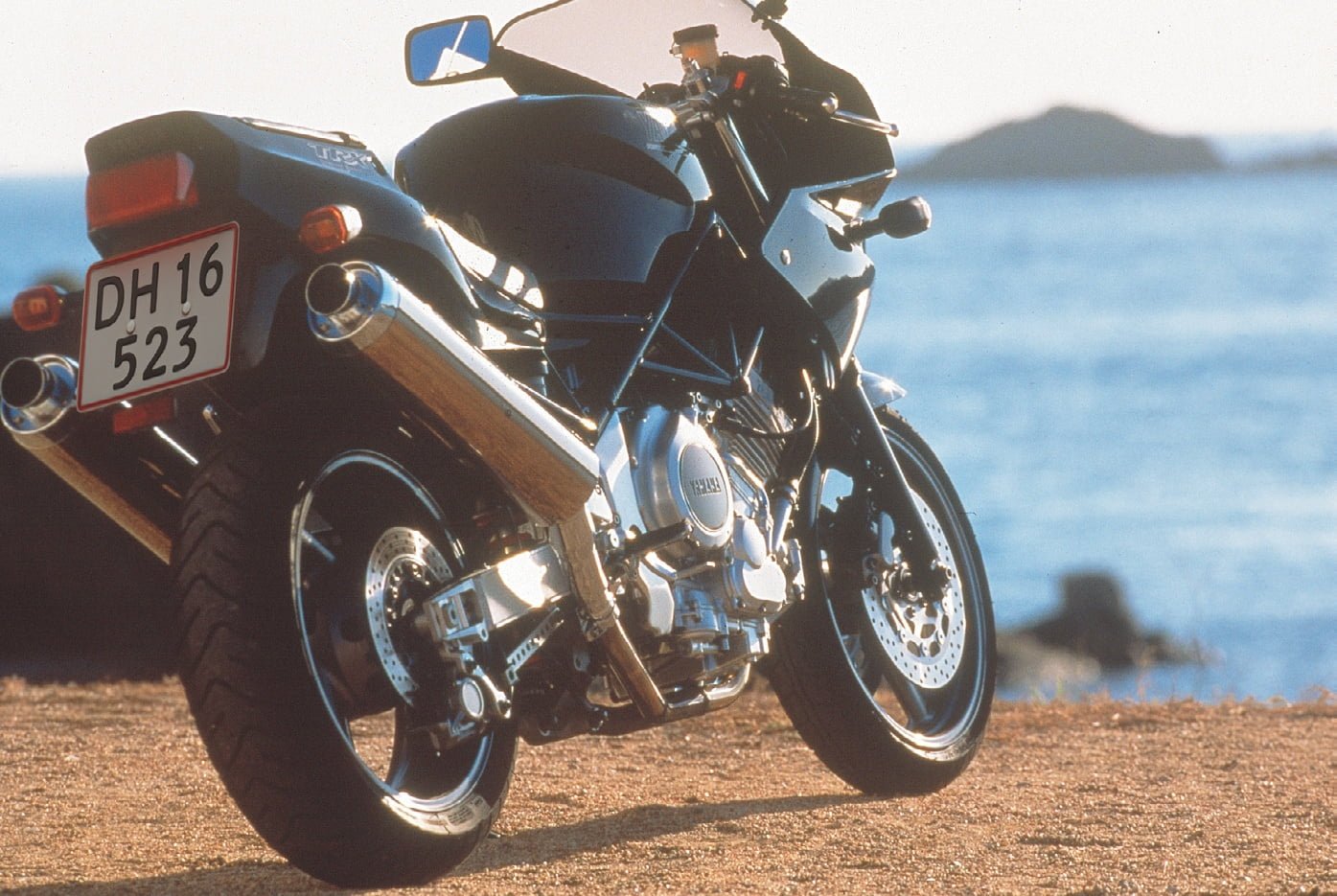motorbike
Driving school
theory book
to category A
Chapter 6: Final
The theory test
To be registered for the practical driving test, you must have passed the theory test. To pass the theory test, you must have read both this book and the Driving School's theory book for category B. The theory test is written and takes about half an hour. During the test, you must answer questions about the motorcycle and traffic situations based on 25 images. Each image is accompanied by 2-4 questions. To pass the test, you must not have errors in more than five images.
The driving test
During the practical test, you must drive in traffic for at least 25 minutes. While driving, the examiner will direct you via a radio system. In addition, the examiner will spend time making sure, among other things, that you can check the motorcycle's statutory equipment. You must be able to explain how to check the individual parts. This checklist is a reminder of what the examiner may ask you to check. You can supplement this list by reading more in chapter 1 on "Equipment".
Steering wheel
- Full steering angle must be at least 25 degrees to each side.
- Enough room for your hands at full steering angle.
- The front wheel must precisely follow the movements of the handlebar.
- Handlebars and handles must be firmly attached.
- No play in the head tube/steering stem, fork crown/joint and telescopic tube.
- The movement of the steering unit must not be obstructed by equipment or similar.
- Steering wheel turns easily and without any noises or heavy points
Mechanical brakes
The handbrake
- May only be able to add a maximum of 2/3
Foot brake
- Pedal with knurled or rubberised surface.
- Pedal in top position, appropriately positioned in relation to the foot rest, no more than 2-3 cm down to the braking point, foot not in an uncomfortable position.
General
- Brake levers, cables and tie rods are worn or pinched.
- Cables are lubricated, intact and without kinks. Drawbars are not deformed.
Hydraulic brakes
The handbrake
- Less clearance, but only 2/3 retracts at most on impact, such as during heavy braking.
- Doesn't give in to constant impact.
Foot brake
- Less clearance and it must not give way under constant pressure.
- Otherwise, like the mechanical foot brake.
General
- The brake fluid level is between min. and max.
- Sealed brake system, no leakage from hoses, brake pipes and wheel brakes.
- Brake hoses and brake pipes are undamaged. Are not worn or pinched against parts of the motorbike.
Lights, reflectors and horns
- All lights can light up.
- Bulbs correctly inserted - light/dark threshold in order.
- Low beam 30 metres, no glare.
- Stop lights significantly more powerful than tail lights.
- Indicator lights must be flashing, amber in colour and visible in sunlight.
- Number plate light (white). The licence plate must be readable from at least 20 metres away.
- Pairs of lights have the same colour and brightness.
- Mandatory reflector, approved, not triangular.
- The horn has a clear, constant tone.
Engine and exhaust system
- Motor does not produce unnecessary smoke/noise.
- The motor is not contaminated by leaking oil.
- Exhaust with silencer is tight and secure.
Load-bearing parts
- Wheel rims are undamaged.
- Wheels are intact, sufficiently tensioned and no defects.
- Wheel bearings and axles are sufficiently tightened and free of play.
- Tyre min. 1 mm in the head pattern. If the tyre is directional, the tyre must rotate in the correct direction.
- Shock absorbers work (at rest after heavy impact).
When the test is over, you will immediately know if you have Passed or not. Good luck to you!
